Image of 1950 Willys Station Wagon, Note: These illustrations use artistic license and may differ from actual historical models.
Performance Metrics
Fundamental Metrics
Emotional Appeal
MMP Rating
| Engine Specifications | |
|---|---|
| Engine: | L-134 "Go Devil" I4 |
| Displacement: | 134.2 cu in (2.2 L) |
| Horsepower: | 60 hp at 4000 rpm |
| Torque: | 105 lb-ft at 2000 rpm |
| Compression Ratio: | 6.48:1 |
| Ignition System: | 6-volt electrical system |
| Cooling System: | Liquid-cooled |
| Performance Specifications | |
| 0-60 Time: | Estimated 20-25 seconds |
| 1/4 Mile Time: | Not available |
| Top Speed: | 65 mph |
| Transmission and Drive | |
| Drive Type: | Rear-wheel drive (4x4 optional) |
| Transmission Type: | 3-speed manual |
| Fuel and Efficiency | |
| Fuel System Type: | Single barrel carburetor |
| MPG: | Estimated 15-20 mpg |
| Dimensions and Brakes | |
| Brakes: | Hydraulic drum brakes |
| Wheelbase: | 104.5 in (2,654 mm) |
| Weight: | 3,100 lbs |
Note: Specifications for classic cars are given to the best of our ability, considering the limited and variant data available.
Unveiling the Pioneer of Versatility: The 1950 Willys Station Wagon
The 1950 Willys Station Wagon stands as a testament to American ingenuity and the post-war automotive renaissance. Born from the company that brought the Jeep to life, Willys-Overland Motors crafted a vehicle that would leave an indelible mark on the automotive landscape. This station wagon was not just a car; it was a symbol of newfound domestic bliss and adventure, catering to the needs of the American family and explorers alike. It's worth noting that this vehicle was one of the first to incorporate a steel body with wood paneling effects, which later became an iconic feature in automobile design.
Design and Innovation
The 1950 Willys Station Wagon was a harmonious blend of practicality and style. Its exterior boasted a robust and boxy silhouette, reminiscent of its utilitarian sibling, the Jeep. The faux-wood paneling, known as 'Woodie' style, gave it a touch of class and nostalgia. Inside, passengers were greeted with a spartan yet functional cabin, featuring durable materials designed to withstand the rigors of both daily errands and outdoor escapades. Technologically, it was ahead of its time with its advanced four-wheel-drive system, an option that appealed to those who dared to venture off the beaten path. Color options ranged from conservative hues to more vibrant tones, with Seacrest Green being among the popular choices.
Historical Significance
The 1950 Willys Station Wagon carved out a niche as one of the first all-steel station wagons, setting it apart from its wood-constructed predecessors. This innovation not only improved production efficiency but also enhanced durability—a leap forward in automotive design. Its legacy is evident in how it paved the way for future SUVs and family vehicles that valued both form and function.
Performance and Handling
Underneath its hood lay an engine capable of modest performance figures by today's standards but respectable for its era. The original Go-Devil engine allowed for a top speed adequate for leisurely cruises through town or country roads. Acceleration from 0-60 mph was not a sprint but rather a steady climb, in tune with the relaxed pace of life at the time. Handling was straightforward; drivers could expect a no-frills experience with feedback that communicated every nuance of the road beneath them.
Ownership Experience
Owners of the 1950 Willys Station Wagon often used their vehicles for daily commuting, outdoor adventures, or as stylish showpieces at classic car rallies. Maintenance was relatively simple due to its mechanical simplicity and shared parts with other Willys models. Reliability was one of its strong suits, making it a trusted companion for families and adventurers alike.
Fun Facts
This station wagon has had its share of limelight with rare editions that have become collectors' gems over time. While not known for breaking speed records, it has certainly set records in versatility and longevity. Despite some criticisms regarding its modest power output and utilitarian comfort levels, it remains an endearing piece of automotive history.
Collector's Information
Today, the 1950 Willys Station Wagon holds a special place in the hearts of collectors. With production numbers estimated in tens of thousands during its heyday, it's moderately rare but still accessible to enthusiasts. Values can vary widely based on condition and originality; however, well-preserved examples can fetch anywhere from $20,000 to $40,000 or more at auction—reflecting an appreciation trend among classic vehicles.
Conclusion
The 1950 Willys Station Wagon is more than just an old car; it's a slice of Americana that encapsulates post-war optimism and versatility. Its influence on automotive design is undeniable, making it not only a cherished collectible but also an important piece in the mosaic of automotive history.
1950 Willys Station Wagon Catalog of Parts
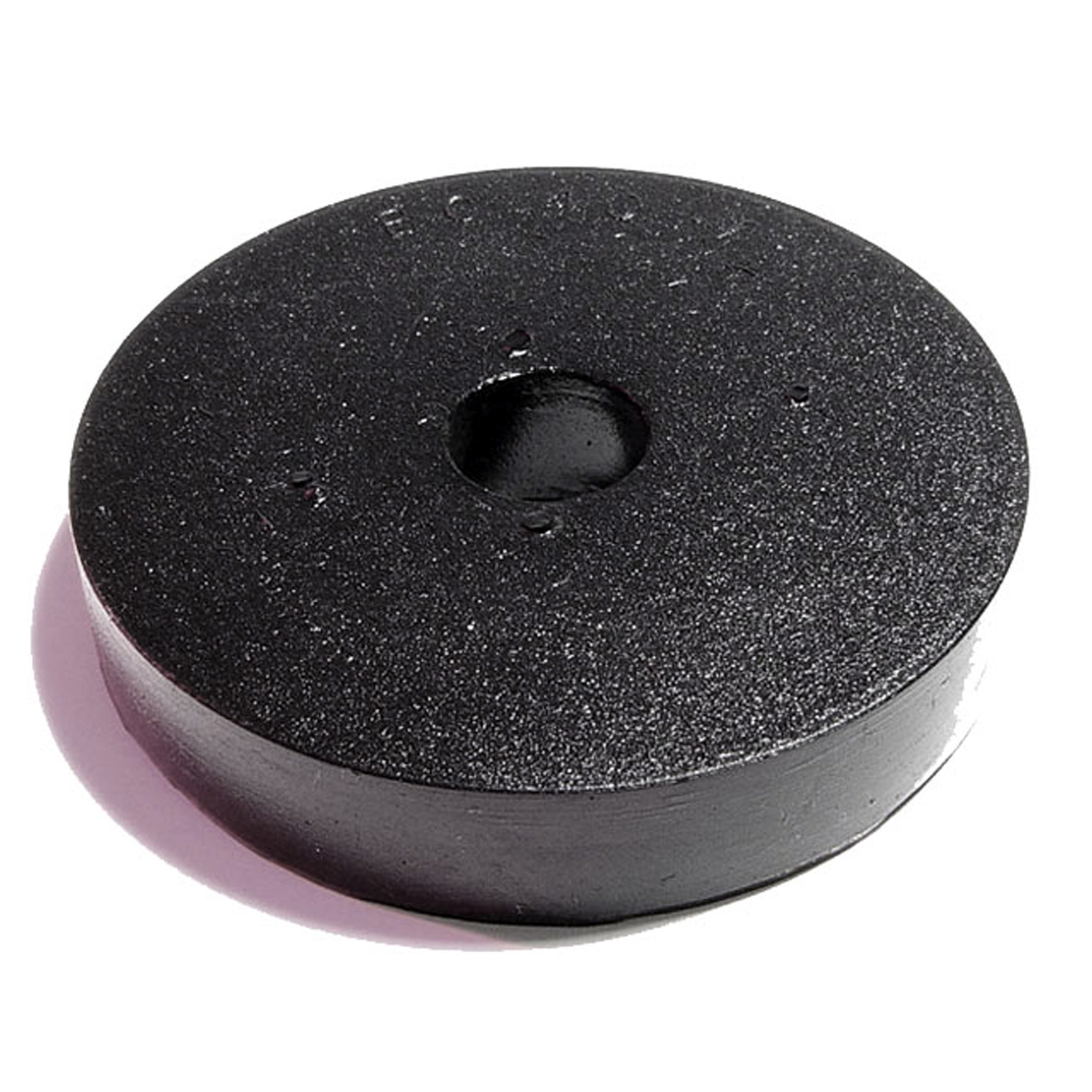 1950 Willys Station Wagon Body Mount Cushion. 1-15/16" O.D., 3/8" I.D., 3/8" Thick-BC 40-ABody Mount Cushion. 1-15/16" O.D., 3/8" I.D., 3/8" Thick. Each
1950 Willys Station Wagon Body Mount Cushion. 1-15/16" O.D., 3/8" I.D., 3/8" Thick-BC 40-ABody Mount Cushion. 1-15/16" O.D., 3/8" I.D., 3/8" Thick. Each 1950 Willys Station Wagon Front and Rear Bumper Arm Grommets-BG 62Front and Rear Bumper Arm Grommets. 3-1/8" wide X 3-7/8" long, with 1-3/8" long inner slot. Pair
1950 Willys Station Wagon Front and Rear Bumper Arm Grommets-BG 62Front and Rear Bumper Arm Grommets. 3-1/8" wide X 3-7/8" long, with 1-3/8" long inner slot. Pair 1950 Willys Station Wagon Center Division Bar Seal. 20" piece, to be cut to length-DP 40Center Division Bar Seal. 20" piece, to be cut to length. Each
1950 Willys Station Wagon Center Division Bar Seal. 20" piece, to be cut to length-DP 40Center Division Bar Seal. 20" piece, to be cut to length. Each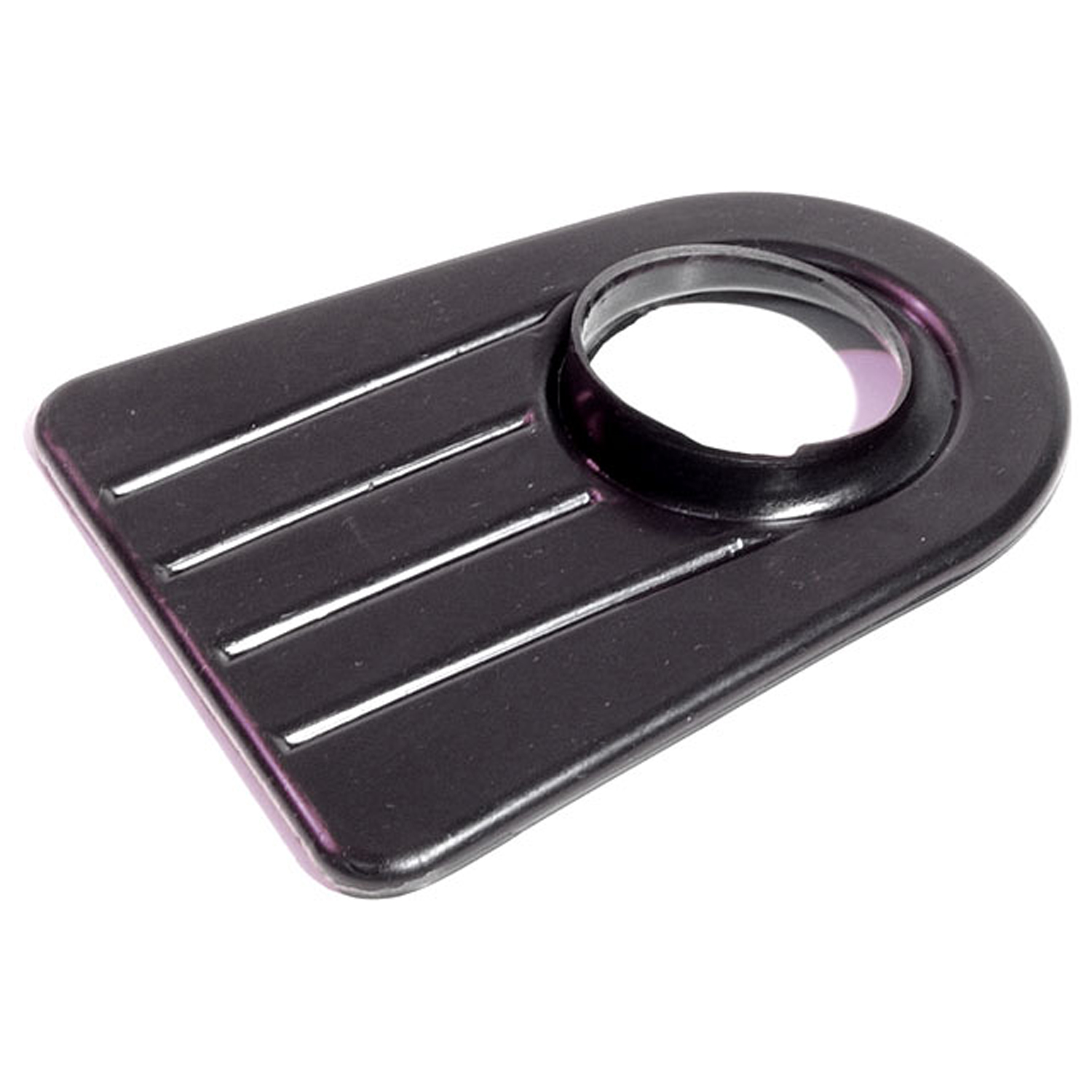 1950 Willys Station Wagon Gas Filler Grommet. 2-1/8" I.D., 6-3/8" length. Each-GF 29-AGas Filler Grommet. 2-1/8" I.D., 6-3/8" length. Each
1950 Willys Station Wagon Gas Filler Grommet. 2-1/8" I.D., 6-3/8" length. Each-GF 29-AGas Filler Grommet. 2-1/8" I.D., 6-3/8" length. Each 1950 Willys Station Wagon Hood Side Bumper. Two used per car. Each-HF 31Hood Side Bumper. Two used per car. Each
1950 Willys Station Wagon Hood Side Bumper. Two used per car. Each-HF 31Hood Side Bumper. Two used per car. Each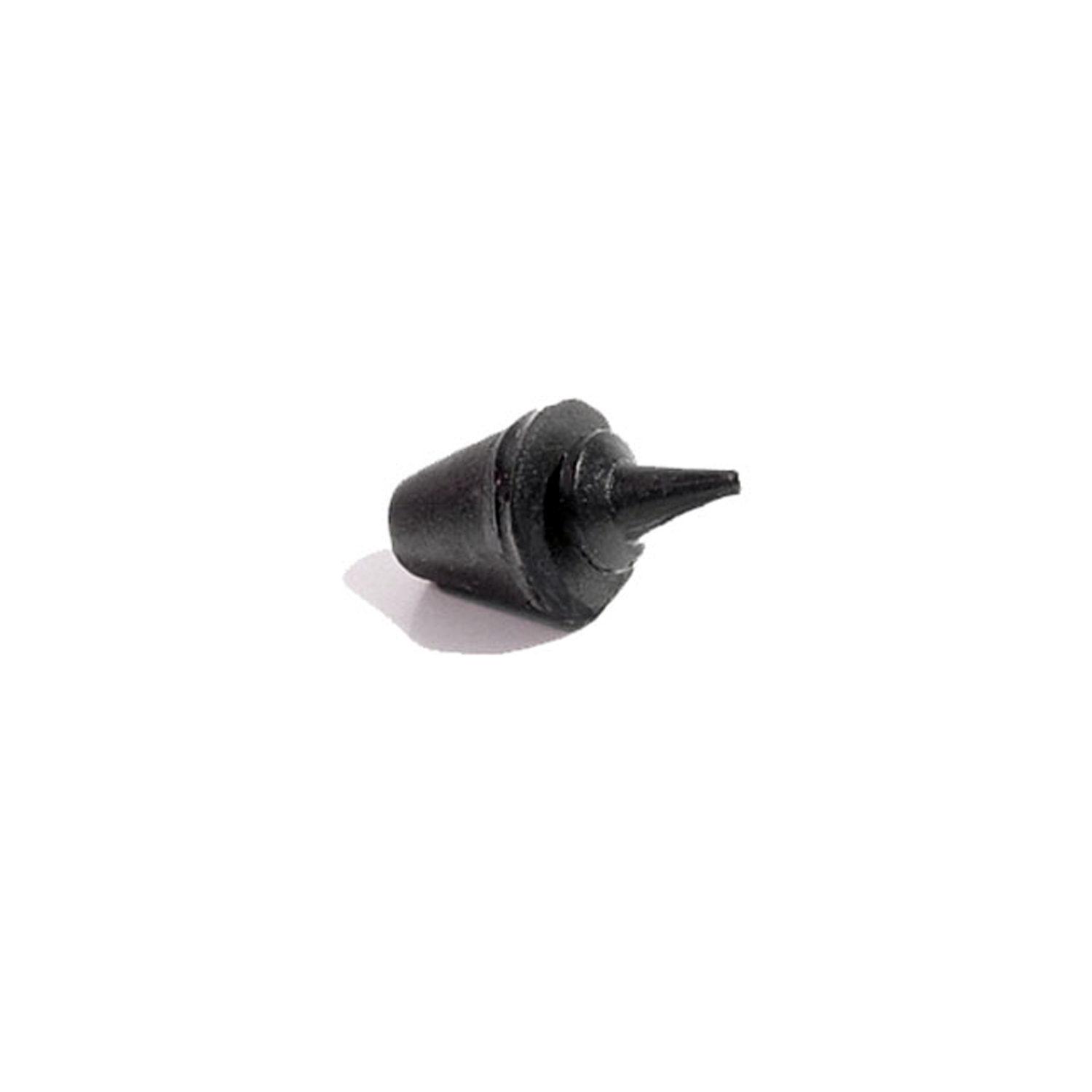 1950 Willys Station Wagon Glove Box Bumper. Each-SB 83Glove Box Bumper. Each
1950 Willys Station Wagon Glove Box Bumper. Each-SB 83Glove Box Bumper. Each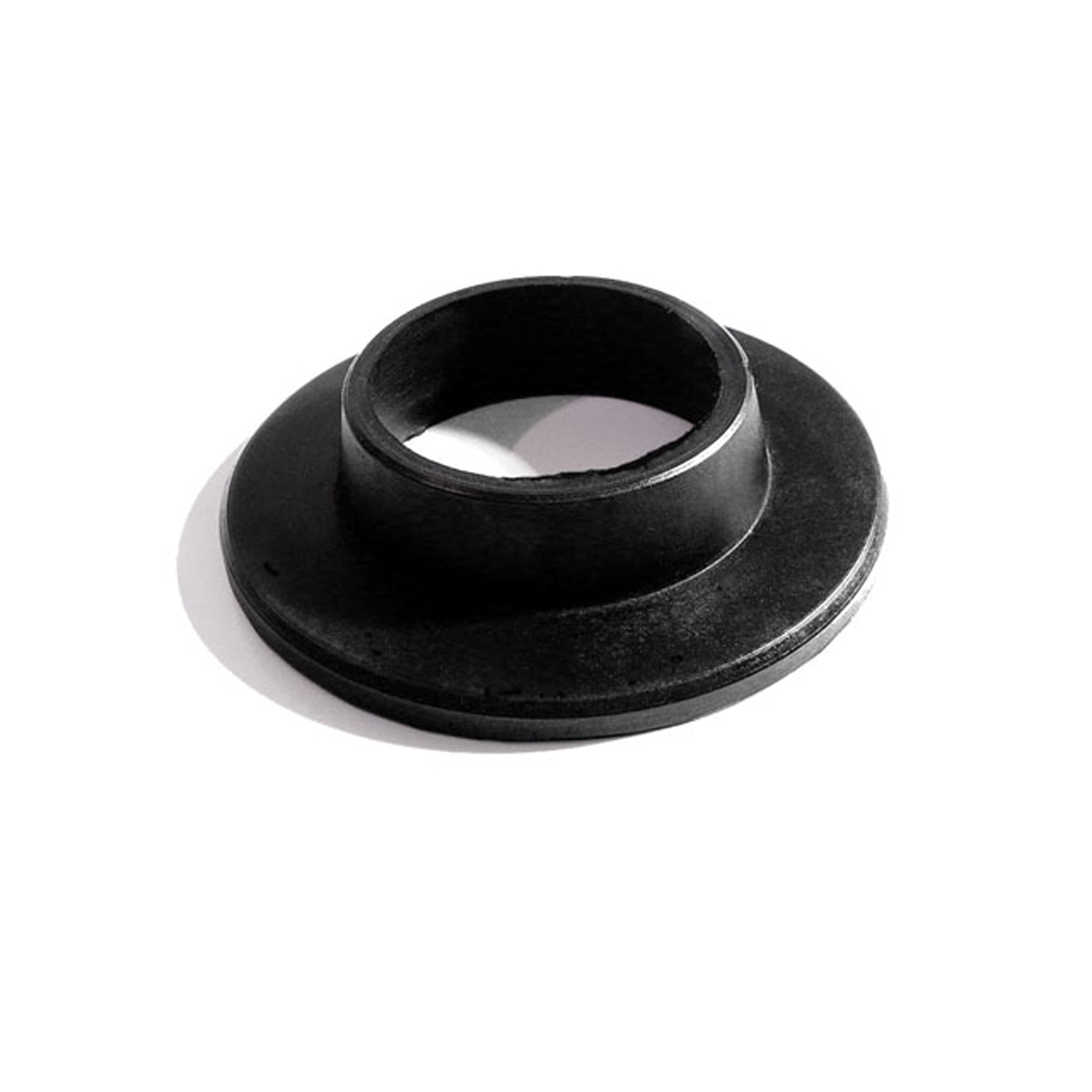 1950 Willys Station Wagon Steering Column Grommet-SC 13Steering Column Grommet. For 4-Wheel Drive Station Wagon Only. Each
1950 Willys Station Wagon Steering Column Grommet-SC 13Steering Column Grommet. For 4-Wheel Drive Station Wagon Only. Each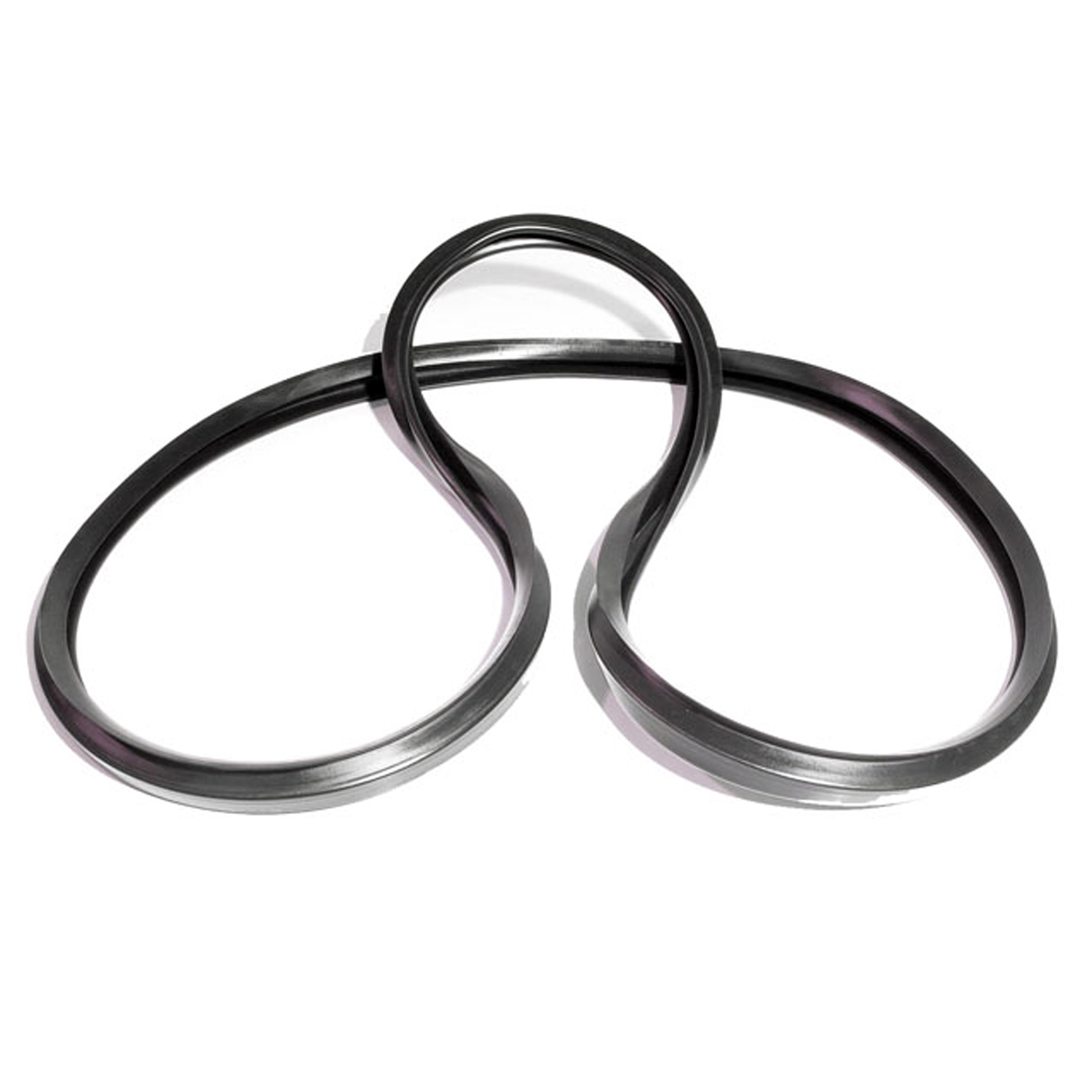 1950 Willys Station Wagon Vulcanized Side Front-Rear Sliding Window Seal-VQT 9600Vulcanized Side Front-Rear Sliding Window Seal. Made into one piece for easy installation. Order 2 to do both sides. Replaces OEM #671419. Each
1950 Willys Station Wagon Vulcanized Side Front-Rear Sliding Window Seal-VQT 9600Vulcanized Side Front-Rear Sliding Window Seal. Made into one piece for easy installation. Order 2 to do both sides. Replaces OEM #671419. Each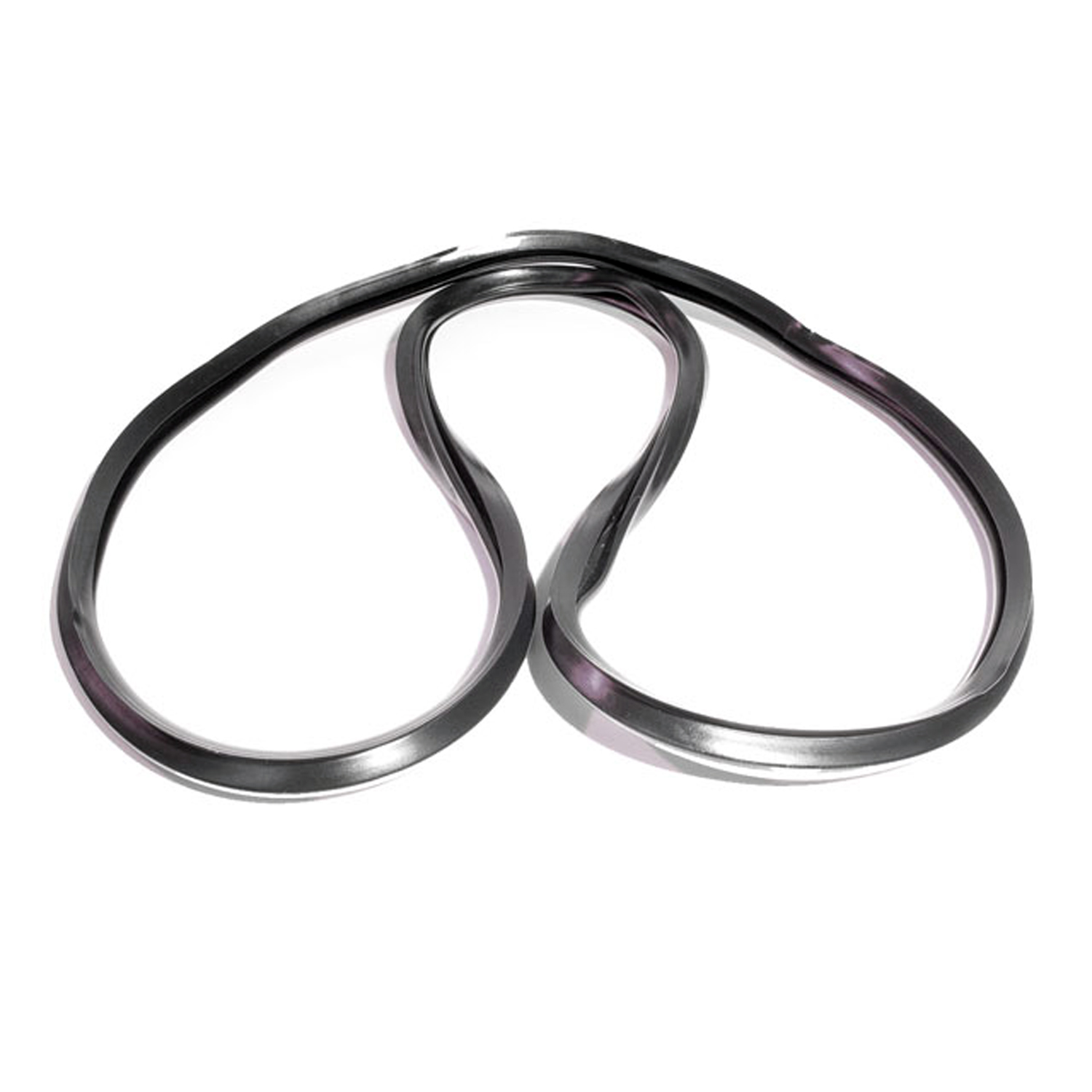 1950 Willys Station Wagon Vulcanized Side Rear-Rear Sliding Window Seal-VQT 9601Vulcanized Side Rear-Rear Sliding Window Seal. Made into one piece for easy installation. Order 2 to do both sides. Replaces OEM #664257. Each
1950 Willys Station Wagon Vulcanized Side Rear-Rear Sliding Window Seal-VQT 9601Vulcanized Side Rear-Rear Sliding Window Seal. Made into one piece for easy installation. Order 2 to do both sides. Replaces OEM #664257. Each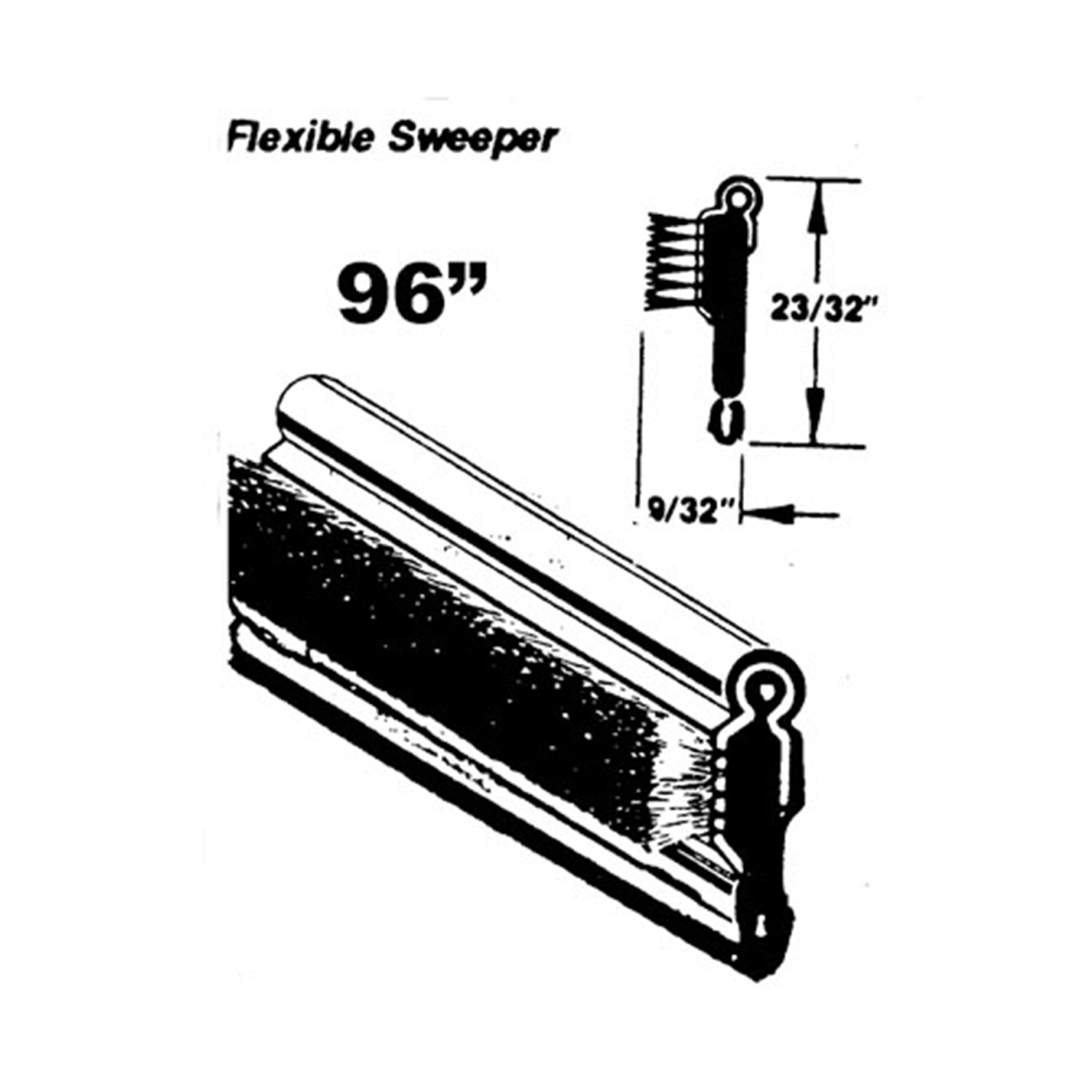 1950 Willys Station Wagon Flexible window sweeper. Made with stainless steel bead-WC 4-96Flexible window sweeper. Made with stainless steel bead. 96 in. long. Each. NOTE: $20 special shipping charge applies for domestic orders. Call or email for overseas shipping costs. Part can be sectioned in two or three equal lengths to reduce overseas shipping costs.
1950 Willys Station Wagon Flexible window sweeper. Made with stainless steel bead-WC 4-96Flexible window sweeper. Made with stainless steel bead. 96 in. long. Each. NOTE: $20 special shipping charge applies for domestic orders. Call or email for overseas shipping costs. Part can be sectioned in two or three equal lengths to reduce overseas shipping costs.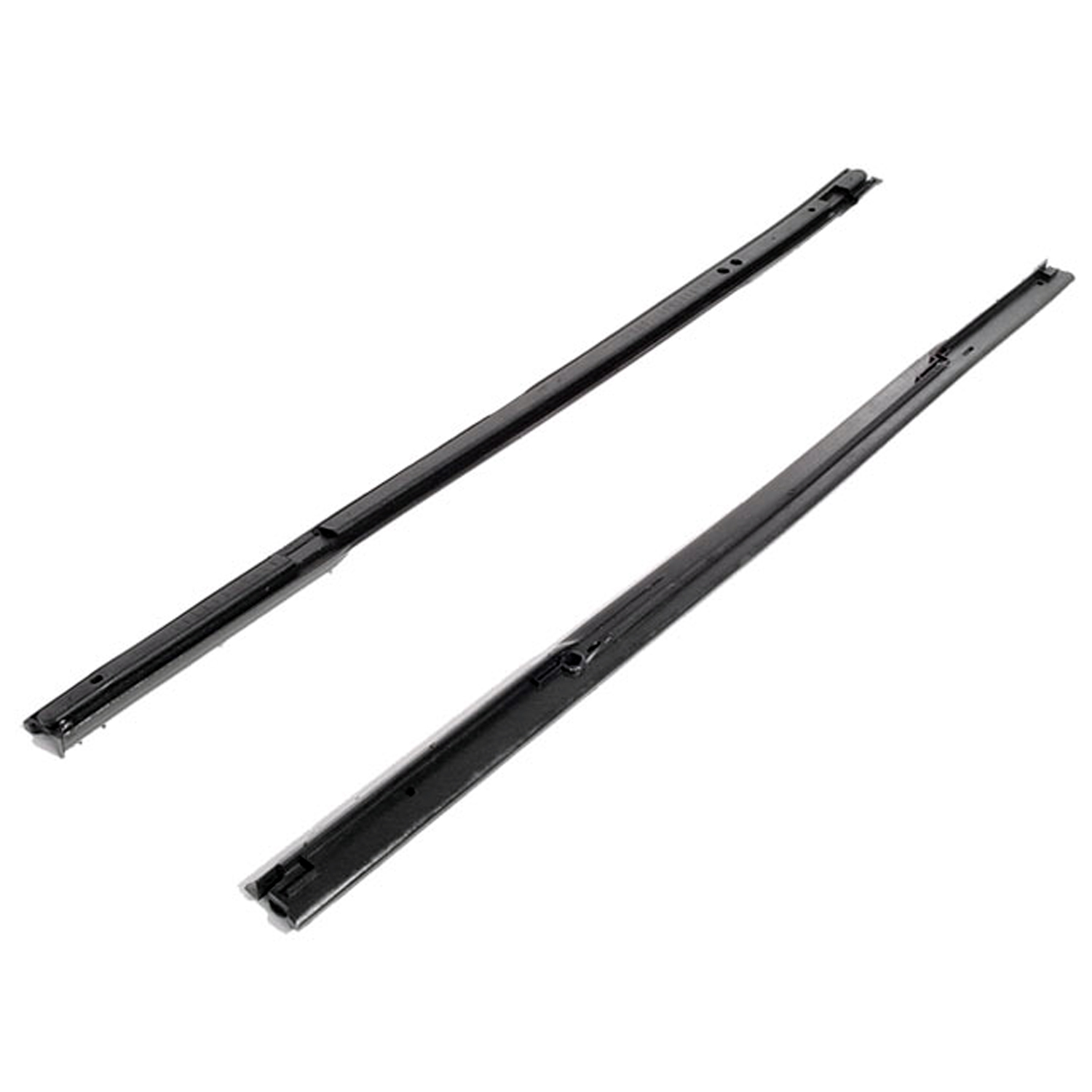 1950 Willys Station Wagon Front Vent Window Seals. For Trucks and Station Wagons-WR 9601Front Vent Window Seals. For Trucks and Station Wagons. Pair
1950 Willys Station Wagon Front Vent Window Seals. For Trucks and Station Wagons-WR 9601Front Vent Window Seals. For Trucks and Station Wagons. PairWhy Choose Metro?
For over 100 years, Metro Moulded Parts has been the pinnacle of quality in classic car restoration parts. Our commitment to precision and authenticity in every component ensures a perfect fit and an OEM-level appearance.
- Expert Craftsmanship & Quality: Each part is a testament to our dedication to reliability and perfection, crafted from original designs and thoroughly tested.
- Advanced Technology: We use cutting-edge techniques to create flawless, long-lasting parts that surpass others in performance.
- SuperSoft Sponge – The Ultimate Door Seal: Not only are our door seals 30% softer than competitors', but they're also guaranteed to never leak. They effectively reduce wind and road noise, enhancing your classic car's comfort and driving experience.
- Proudly American: Our parts are a product of American craftsmanship, made in the USA with a spirit of excellence and heritage.
- Unrivaled Warranty: We back our products with a 30-year industry-leading warranty, a testament to our confidence in their quality.
Join us in preserving the legacy of classic cars with parts that are crafted for perfection, not just made.

